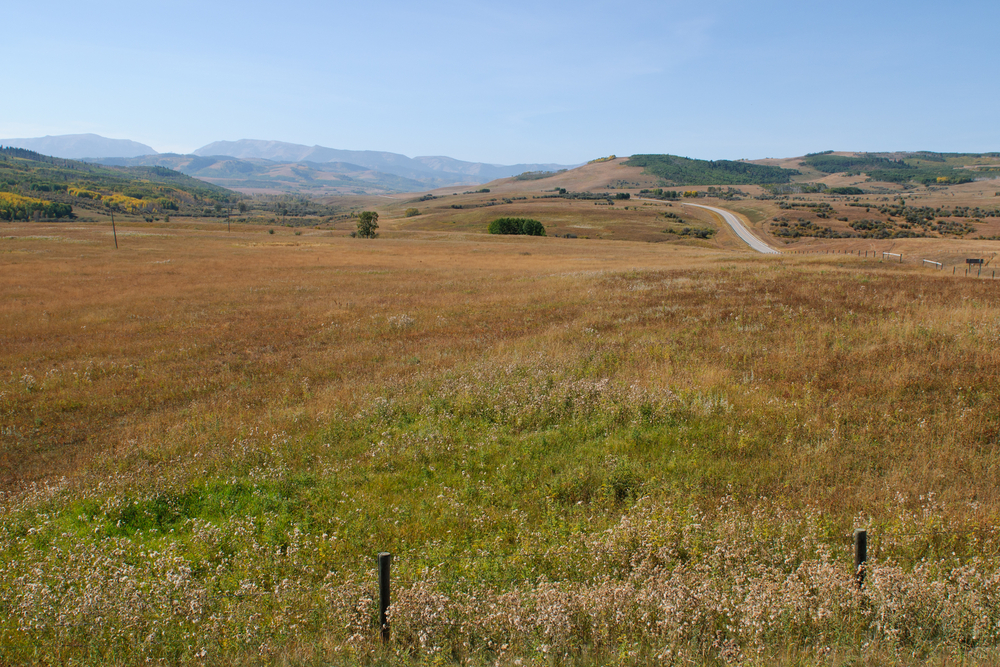
The Natural Resources Conservation Service (NRCS) has issued a final rule for its Regional Conservation Partnership Program (RCPP). NRCS incorporated the feedback that industry stakeholders provided for the RCPP interim rule. As directed by the 2018 Farm Bill, the RCPP final rule includes updates to several programs.
“The Regional Conservation Partnership Program is a powerful program that enables us to co-invest with partners on win-win solutions that benefit agriculture and natural resources,” State Conservationist of NRCS in California Carlos Suarez said in a press release. “The final rule contains some minor adjustments made in response to public comments, and we now look forward to continuing our work with California partners to use this unique and innovative program to extend the reach of conservation.”
Minor adjustments were made to the interim rule that was published in February 2020. The RCPP final rule makes distinctive considerations for enrollment for historically underserved groups. That includes advance payment options, requiring partnership agreements to indicate authorizations for higher payment rates. The purpose is to encourage more participation by traditionally underserved producers and landowners. A set of ranking criteria is to be developed for proposals that incorporate innovative conservation approaches or technologies that explicitly address the needs of underserved producers.
The RCPP final rule includes a language adjustment that will incorporate source water protection as a priority resource concern. Proposal rankings will also have an added emphasis on the conservation benefits and objectives potential partners seek to achieve. The list of infrastructure types considered for Alternative Funding Arrangements has been removed in the interest of clarity.
Comments on the interim rule were received by more than 65 individuals and organizations. Updates to the program include expanded flexibility for alternative funding arrangements with partners. The RCPP final rule also expands flexibility for the availability of watershed program authorities to projects outside Critical Conservation Areas.









